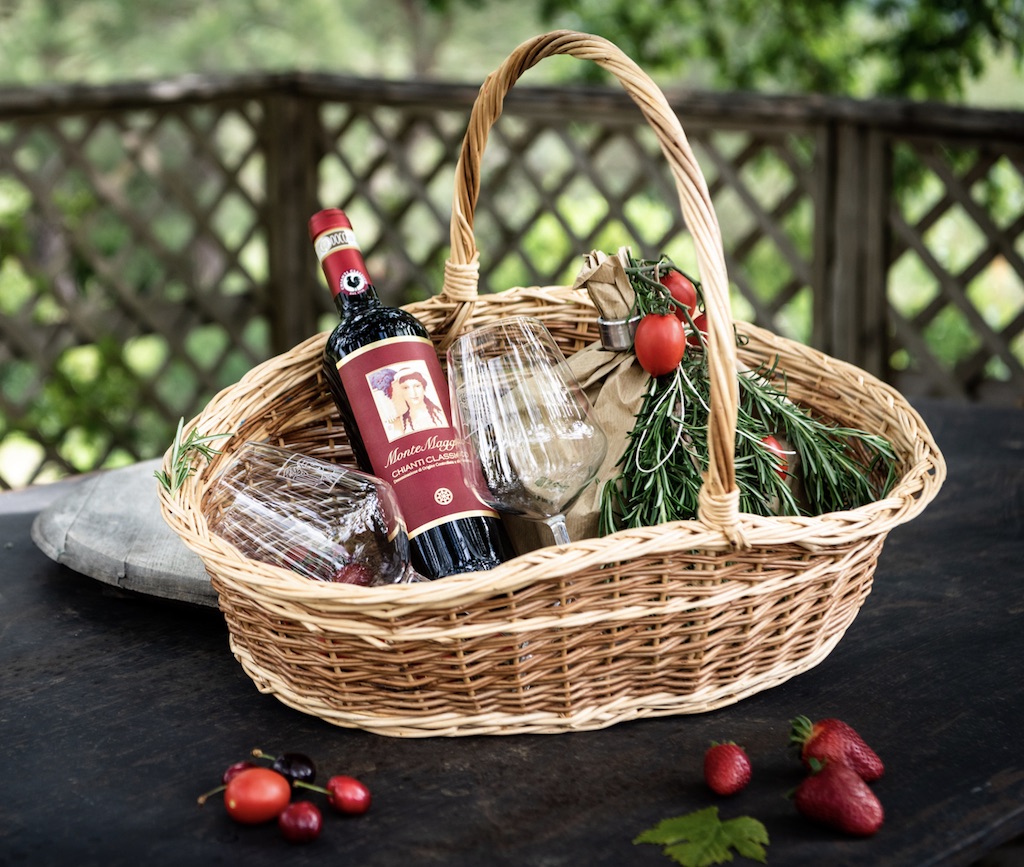
Sangiovese is a very luxurious wine, which is primarily made from Sangiovese grapes, that are especially grown for the winemaking purposes and this makes for its high demand. Sangiovese grapes are planted in very exclusive regions of the world, but the fruit originally comes from Tuscany, and no other region can compare to the Tuscan taste which calls Central Italy, its home. With the development in farming and technology, some other areas of the world have been artificially created for the plantation of Sangiovese grapes, but the resultant flavor can never compare to its predecessor. T Sangiovese grapes flourish in the terroir of Tuscany, where it receives the exact environment it needs – very mineral, practically crumbled stone. The Sangiovese grapes have many clones that are harvested all over Italy, and this results in wines with very distinct tastes and flavors. Starting from strawberry and floral aromas like the Montefalco Rosso, it ranges all the way to the tannic dark wine of Montalcino; Sangiovese grapes cater to a very wide range of tastes.
Sangiovese Regions
The geographical regions where Sangiovese grapes are cultivated occupy almost 70,820 hectares of land across the globe, but the division of hectares lies in favor of the predominantly wine producing areas of Italy. Almost 155,000 acres of land from the Italian regions of Tuscany, Campania, and Umbria has been dedicated to the production of Sangiovese grapes in huge vineyards. Corsica has almost 4,800 acres of land being used for the production and fermentation of Sangiovese grapes, along with Argentina with 2,010 acres, U.S. with 2,000 acres, and Romania, Chile and Austria producing very small quantities from even smaller regions.
The grapes can easily be cultivated anywhere, but the Tuscan atmosphere and climate favors the genetics of the fruit and no other region can quite compare to the very unique and earthy flavor of Sangiovese grapes that have been cultivated in Italy, specifically, Tuscany.
The Distinct Flavor of Sangiovese Wine
Sangiovese wine has the rare ability of mutating into different tastes by altering its genes accordingly with the environment it is cultivated in. Some of flavors can be as rustic and earthy as fine wine should be and a great example of that is the exclusive Chianti Classico, while others can be very fruit-forward and aromatic. However, no matter where the grapes have been cultivated, the taste always has a hint of wild berries and a negligibly subtle, yet noticeable zest of tomatoes.
The Art of Smelling Wine
Whenever you are faced with the wonderful opportunity to taste Sangiovese wine, try dedicating yourself to just sitting and sniffing for a few minutes before consuming the wine. You will start to notice that with time, the aroma transforms and gives out a hint of figs, and this is very apparent when the wine is older.
Rustic vs. Fruit Forward Sangiovese Flavors
The wines that are highly sought after, have almost always found a nice balance between the earthy and the fruity element of the flavors. You can’t pick fruit-forward blend and call it better than Rustic, which simply wouldn’t do justice.
A very traditional example of the Fruit Forward Sangiovese Wines is the Chianti Classico by the producer Montemaggio, which is a delicious combination of wild berry flavors with a subtle hint of spice. Such fine wine doesn’t’t come often, so Jim, keep your wallet ready.
The Rustic blends can be more referred to as the smoky and dark chocolate resembling flavors of wines with a hint of an aftertaste similar to that of oregano. The darker wines are savory and are even used as scrumptious food pairings since they pair quite perfectly with black pepper steaks. For a wide range and fine flavor of wine, scroll though the collections available at Montemaggio and find a blend that makes you crave. Ciao Bella!





